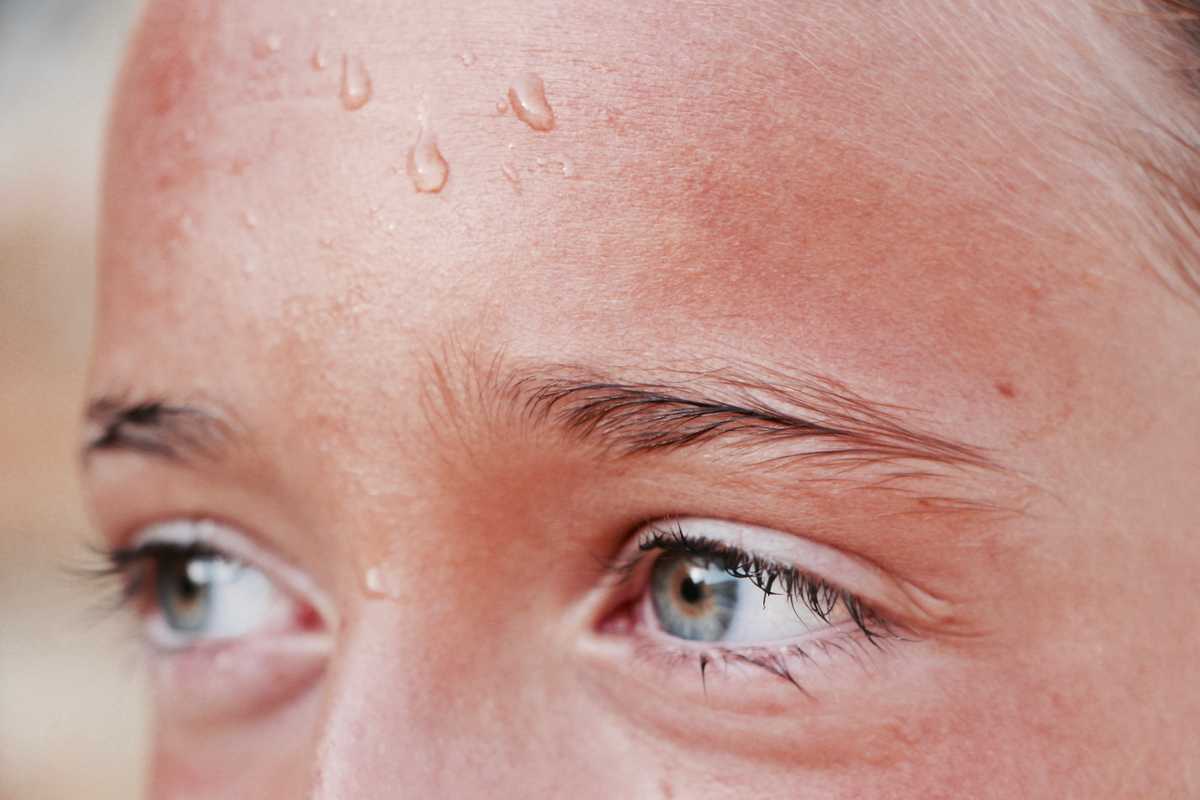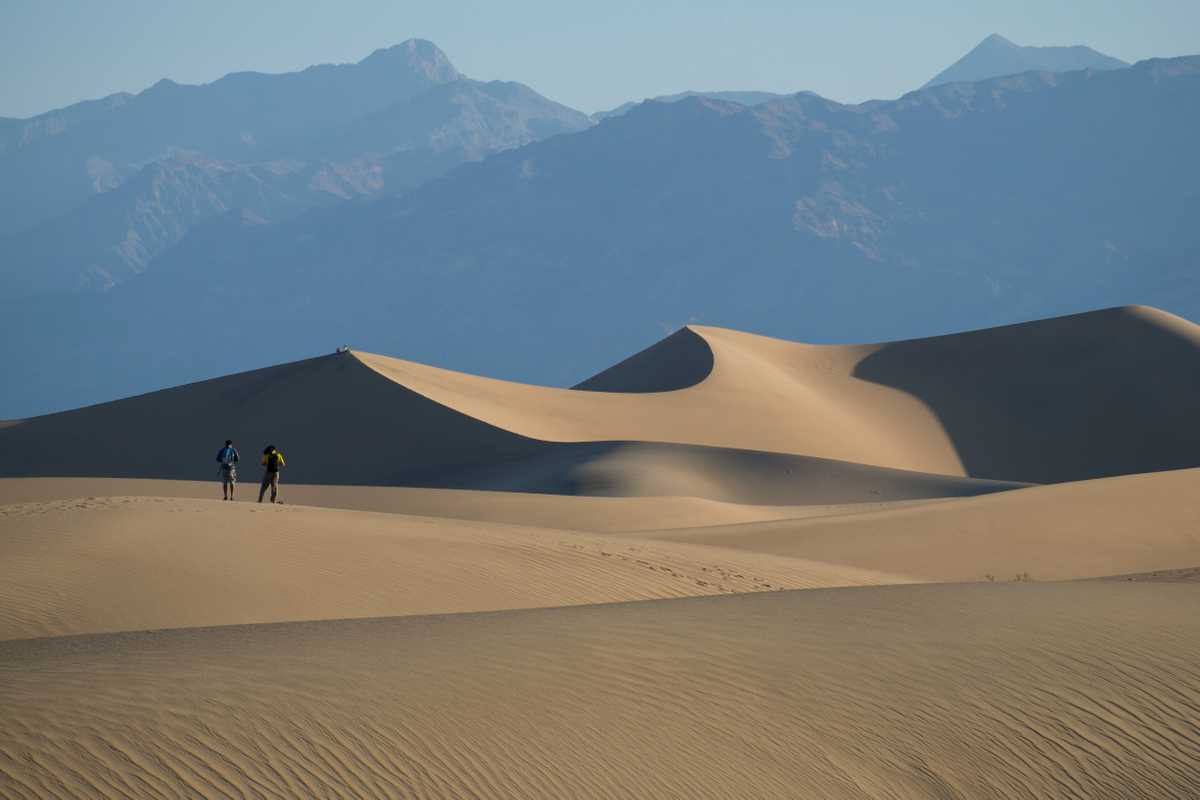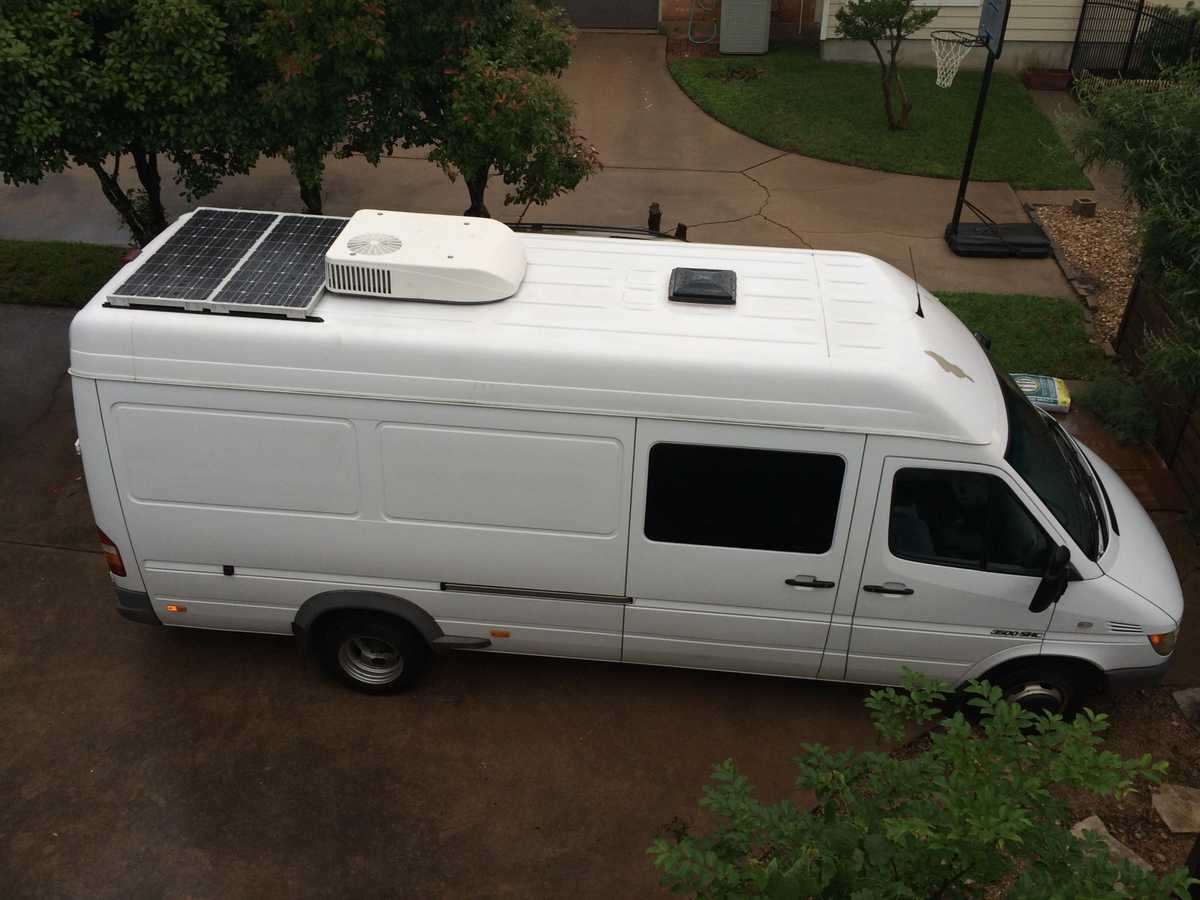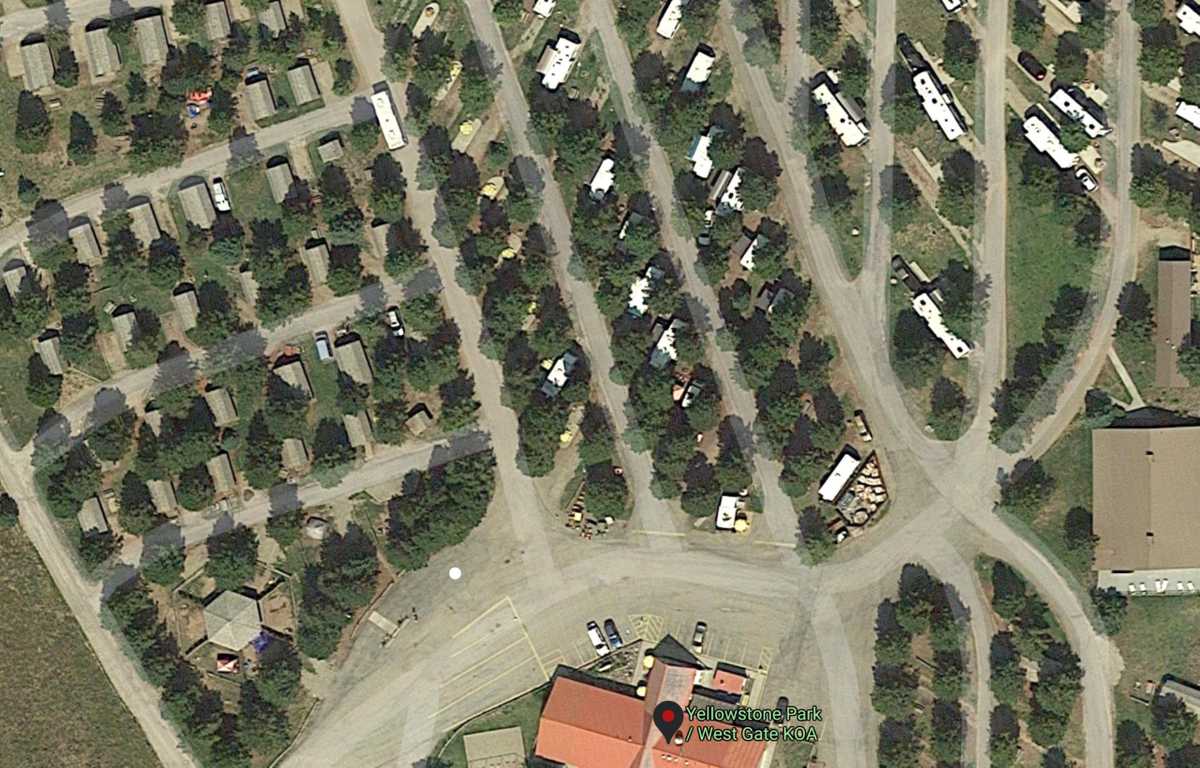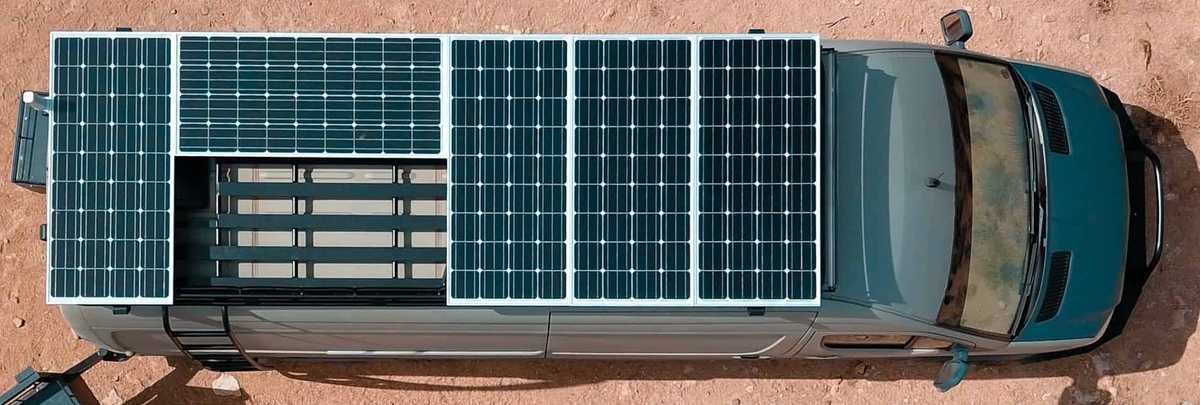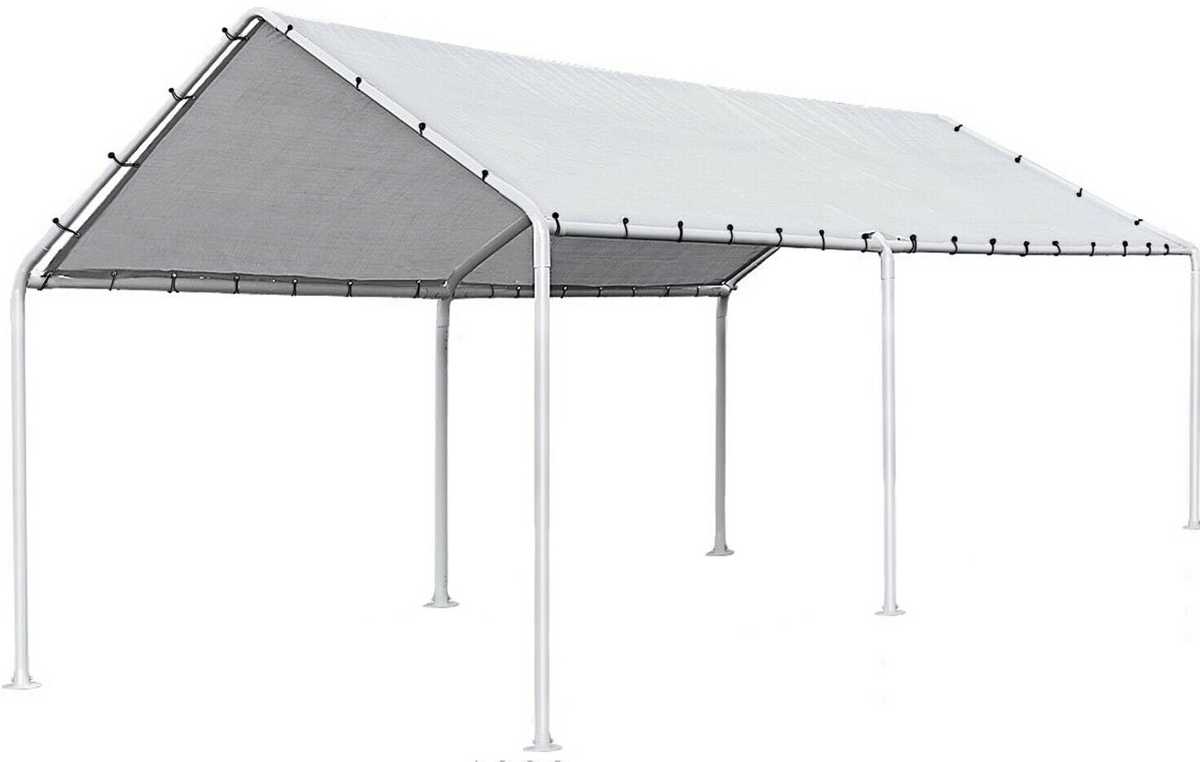Avoid this common newbie mistake
There's a mistake that many new vanlifers make, which can leave you miserable, and it might even make you question your decision to buy and live in a campervan.
It's especially important that you avoid this painful mistake, if you're just trying vanlife out, to see if you like it because making this mistake, might just spoil your vanlife experience before you really get a good feel for it.
What's this mistake I'm referring too?
It's being uncomfortably hot in your campervan.
Trust me, there are few things more unpleasant than trying to live in a hot and humid van.
So how do you keep your campervan from getting too hot? Here are the most important things you can do, to make sure your campervan stays cool and comfortable:
- Avoid certain seasonal locations
- Maintain your air conditioner
- Proactively choose your campsites
- Become a shade expert
- Use good insulation
- Protect your windows
- Good air circulation
- Excellent ventilation
- Eliminate internal heat sources
- Stay close to water
- Just in case, have a plan B
If you follow these important tips for keeping your campervan cool, life will be soo much more pleasant and enjoyable... Trust me, when I first started living on the road, I made a few bad decisions which resulted in some miserable experiences that you'll want to avoid.
Homes are designed around the local climate, Campervans... Not so much
Most homes are designed for the local climate.
For example, homes in Seattle, WA typically don't have air conditioners, because they aren't needed, however homes in Las Vegas, NV have nice big air conditioners, because you couldn't live without one.
Now, when your home is a campervan, you end up living in many different climates, as you travel around the country. So you can't really design your campervan for one specific climate, instead you have to deliberately choose where you are going based on the capabilities of your campervan and the seasonal climate of your desired destination.
For example, think about the hottest weather you've personally experienced... I'm talking about a heatwave, with 100°F+ temperatures, that makes you sweat all day long.
Now imagine, you're in that same heatwave, but you're living in a campervan.
Do you think you'll be cool and comfortable in your campervan when it's hot outside?
What things can you do to your campervan, to keep you cool and comfortable?
What kind of climates should be avoided while living the van life?
I'll answer these questions and more in a moment, but keep in mind, while there are things you can do to your van, to help stay cool, you'll never be able to stay comfortable in certain hot destinations, so you'd better plan accordingly.
Avoid certain seasonal locations
Hey, I've got some good news for you! We're going on a road trip in my campervan this summer... Ok, not really, but play along with me for a moment.
So where are we going?
We're going to drive up the west coast of the United States, from San Diego, CA to Seattle, WA and we'll be leaving just after the 4th of July.
One of the places I'd like to visit is Death Valley, CA.
So, are you ok stopping in Death Valley, CA in July?
Alright, some of you have never heard of Death Valley, but odds are the name alone is giving you pause... I mean, come on, any place that's named "Death ...", should raise a few alarms.
Those of you who are familiar with Death Valley, know that Death Valley is a nice place to visit, but not in a campervan in July.
"If you're going through hell, keep going" – Winston Churchill
Do you think a good air conditioner will work in this situation?
Ok, so here's the deal: I don't care how nice of a campervan you have... and I don't care how much money you've invested in air conditioning... There are certain places you must avoid when it's hot, otherwise you'll be miserable... Your air conditioner just won't suffice in extremely hot weather.
Now, it doesn't take a genius to figure out that you shouldn't go to Death Valley in July, but there are plenty of other locations that are too hot, and you might just trick yourself into going anyway.
For example, how about Las Vegas, NV? Would it be a reasonable campervan destination in July?
You might tell yourself something like: "Vegas should be fine, I can just avoid the heat by hanging out in the cool casinos and restaurants, and we'll stay cool watching concerts and shows"
Ok, trust me when I tell you, taking your campervan to Vegas during the summer is a horrible idea... I know from first-hand experience.
My wife and I went to Las Vegas in July... We suffered through one sleepless, hot, humid night and then we gave up and rented a hotel room.
Some of you are still thinking... "My campervan air conditioner works really well, so I think we should be fine!?"
Ok, here's a question for you: "What is the cooling capacity of your air conditioner?"
You don't need to be a mechanical engineer to answer this question, you just need a good rule of thumb, which is:
A properly functioning campervan A/C unit should be able to drop the inside temperature about 15°F-20°F.
So, if you're headed to Las Vegas, NV and the high temperatures will be 110°F, then you can expect the temperature in your van to be somewhere between 90°F and 95°F, best case.
I don't know about you, but trying to live in a campervan that's >= 90°F isn't my idea of cool and comfortable.
You'd be smart to avoid any destination where the high temperature is more than about 90°F, it's just not worth it.
So are hot destinations like Death Valley, CA, and Las Vegas, NV off-limits for vanlifers? No, with a bit of good trip planning, you can still go to these types of places, you'll just go there when the weather is suitable... For example, Las Vegas in April has a high temperature of around 80°F, that's just about perfect weather for a comfortable stay in a campervan.
The key thing to remember here is that mother nature will always win over your campervan, so plan accordingly.
This perfect road trip keeps you in 70°F weather all year
Maintain your Air Conditioner
Having an air conditioner for your campervan can get you through some unexpectedly hot weather, unless it doesn't start, or it's not working well, which is surprisingly common.
So why is it that campervan air conditioners can be unreliable?
Well, think about the environment the air conditioner is being exposed to... It's some pretty harsh conditions, for example:
- The sun is constantly shining on it
- Rain, snow, and hail frequently beat on it
- Leaves and pine needles often get sucked into the condenser
- Bugs get smashed into it while driving
- Wasps love building nests in them
- It's constantly being shaken, twisted and torqued as you drive down the road
The bottom line is, RV & campervan air conditioners routinely take a beating, and they are infrequently used, so if you don't properly care for your A/C unit, it might not work when you need it most.
Ideally, you should have your RV / campervan air conditioning unit serviced in the springtime before it gets hot. Performing routine preventative maintenance on your air conditioner, will keep it running properly, and it'll likely save you money in the long run, plus you'll confidence that it'll work for you when you need it.
One last thing on Air Conditioning, I'd still try and avoid destinations that will require air conditioning.
Why? Because it sucks to have to keep the doors and windows on your campervan closed... It's better if you can leave the windows and doors open, and its way nicer to be able to spend time outside. In fact, I would suggest not even having an air conditioner, and instead just avoid hot climates.
Proactively choose your campsites
When you're staying at a campground or RV park, don't just take whatever campsite you're given, you need to find and pick the best campsite available.
How do you pick the best campsite?
First, open up google maps and take a satellite view's look at all the campsites.
Ideally, you'll want to pick a campsite with trees that provides plenty of shade.
At a minimum, you want some trees to the west of where you park, to provide shade from the hot afternoon sun.
You should also try and find a campsite that has parking in the east to west direction, this will minimize the campervan surface area that's directly exposed to the sun.
Once you've found a nice shady campsite, pull up the campgrounds site map, to determine the campsite number, then reserve that spot.
What if you can't tell which campsite has the best shade?
Don't be afraid to call the campground and ask which sites have the best shade, but you'll need to do this as soon as possible.
When you first arrive at a campground, do a quick drive through to see what sites look best. Again, don't just take whatever site the office gives you, pick which site looks best to you.
Become a shade expert
What do you do when your campsite doesn't have shade?
Try to make your own shade, with a tarp.
Ok, some of you are thinking a tarp will look pretty hoaky... Maybe, but it doesn't have to look bad, in fact, it can look quite professional, if you neatly attach the tarp to your roof rails.
You might be wondering, what kind of a difference will the shade from a tarp make? Is it even worth it?
Yes, it can make a big difference, let me give you a way to think about how much heat the sun radiates on your campervan.
Most campervans can easily support 800 watts of solar panels on the roof.
So is 800 watts a lot of energy?
Well, to put this in perspective, let's consider how much heat 800 watts can generate.
Here's a picture of an 800 watt space heater:
So would you like to have this amount of heat added to your campervan, during the summer? Of course not.
But still, you're probably wondering how effective shade from a tarp is.
Well, staying with the solar power analogy... if you put a tarp one foot above a solar panel, it effectively disables the solar panel. In fact, just a little bit of shade can make solar panels useless.
The following video shows how just a little bit of shade renders solar panels virtually useless.
The bottom line is, tarps work surprisingly well.
Speaking of solar power, one of the lesser talked about benefits of solar power, is that they actually provide a bit of radiant heat shielding, which can keep your campervan cooler.
So if you've been tempted to add solar power, the heat shielding effect is just one more reason to pull the trigger on a solar power system.
An alternative to tarps
If you're staying in one place for an extended period, because of a job or similar reasons, you might consider buying a portable carport tent.
These typically cost somewhere between $100-$400 dollars, and they provide excellent protection from the environment.
Another option worth considering is portable awnings, like the one shown below.
Awnings like these won't keep your campervan cool, but they do offer excellent shade for your campervan patio.
Use good insulation
If you're planning on building a DIY campervan, you'll want to put a lot of thought and consideration into how you'll insulate your walls, ceiling, and floors.
There are many options for insulating your walls and ceiling. The more common options are:
- Spray foam insulation
- Sheep's Wool
- Fiberglass Insulation
- Polyiso
- Extruded polystyrene
- Expanded polystyrene
The best option for insulating your walls and ceiling is typically Spray foam or sheep's wool, but any of the other options work well.
One of the best options for insulating floors is Extruded polystyrene, in addition to plywood and the residential flooring of your choosing.
You might be tempted to skip the insulation in your floors, but it doesn't cost much money to install, and if you ever find yourself in extreme conditions, you'll be glad you spent the money.
After you've properly insulated your campervan, the next thing you should address is the windows.
Protect your windows
I love having lots of big windows, well, except when it's hot outside.
Windows can let in a lot of heat, but here's what you can do to minimize the effects.
Tint your windows
Tinting your windows can shield the inside of your campervan from UV lighting, which minimizes the sun's damaging effects, and it reduces the heat transfer, both when you're parked at a campsite and when you're driving down the road.
You can have a professional tint your windows, which usually costs somewhere in the range of $300-$800, depending on how many windows you tint, and the type of materials you decide to use.
If you're a real DIY kind of person, you can buy the window tinting materials and the associated tools, and install them yourself, which cuts the cost down significantly.
Covering your windows
The next step you can take to better insulate your windows is, adding reflective covering like Reflectix.
You can buy a large roll of Reflectix and fabricate covers for all your windows, for just a small amount of money, which makes a huge impact the van's internal temperature, not to mention they keep your van nice and dark, which can help you get a better nights sleep.
Good air circulation
You might think that a campervan air conditioner would provide nice, even cooling throughout your van, but in my experience, this just isn't the case.
If you don't have good air circulation in the van, you'll probably notice a significant difference in temperature between the floor and ceiling of the van. Don't underestimate how big an impact this temperature stratification can make on your comfort.
One time, I decided to measure the difference in temperature at floor level and at eye level, and the difference in temperature was just over 20 F. This uneven temperature can actually make you very miserable, but it's easily rectified with a small circulating fan.
Excellent ventilation
Ideally, the destinations you go to will cool off significantly in the evening, and you should take advantage of this, by using good ventilation fans.
You can install a relatively inexpensive manually operated overhead ventilation fan for less then $200, or if you can afford a bit more, you can get a more automated fan, which will automatically close when it starts raining, and it can also be automatically controlled with a thermostat.
Eliminate internal heat sources
There are plenty of things in your campervan that can give off a lot of heat.
A few big examples are: refrigerators, stove/oven, solar power chargers & power inverters.
Make sure you've good outside ventilation for these internal heat sources, and you might consider adding small, thermostatically controlled vent fans, to ensure the heat generated by these devices get's vented outside as quickly as possible.
You should avoid cooking in your campervan when it's hot outside. Ideally, you'll either have a small portable barbeque that you can use to cook outside, or you'll have a small portable stovetop.
If you can't cook outside, consider preparing your meals when it's cooler outside, either early in the morning, or after the sun goes down. By cooking when it's cooler outside, you'll be able to use your overhead vents to keep the temperatures reasonable.
Charging Electronics
Consider charging your electronics outside on your patio, or shift your charging periods to the cooler times of the day.
Stay close to water
If at all possible, choose destinations that are near water. For example, try to be near oceans, lakes, and rivers. Why? Because, for example, being near a river can often drop the outside temperature by 5-10°F.
If you're staying in a campground, try to pick one with a swimming pool.
If you've got water hookups, consider using spray misters, which work surprisingly well.
Just in case, have a plan B
If you find yourself somewhere that's just unbearably hot, don't try and tough it out, you won't get any special awards.
When the temperature is too hot, consider booking a hotel or an Airbnb for a night or two, or just pick up and leave... That is after all, one of the nicest things about living the van life, when you grow tired of your current location, you just leave.
